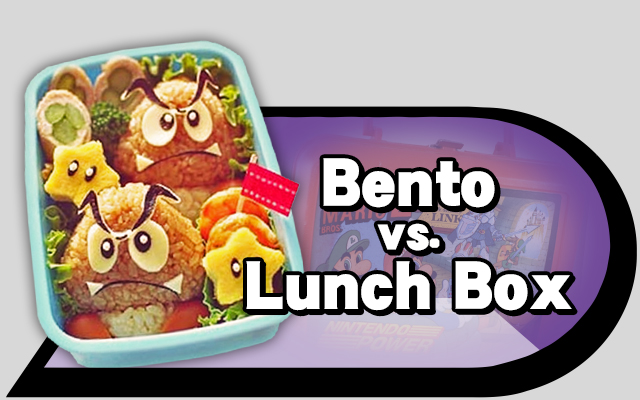Translation, just like writing, is an art. There are multiple requirements in order to become a good translator.
The most obvious one is that the translator needs to utilize and comprehend advance grammar structures and vocabulary in both languages. Without this, the translator cannot be prepared for complex situations that may arise.
The second requirement is that the good translator needs to understand the inferred meaning. That is, understand what is really being said. In Japanese, there are a ton of inferred meanings. One example of a word potentially being lost in translation is “difficult”, or 難しい. While the literal meaning of 難しい is difficult, when used to discuss a situation it usually means, “this is nearly impossible to work out”. Without the cultural context, these kinds of translations are indeed 難しい. In addition, body language is also different cross-culturally. This is why machine translation will take many years to fully replace human translation.
The last major requirement is to understand the audience. With the second requirement, it is necessary to understand the speaker. In this requirement, it is necessary to understand the listener. Essentially, should the translator localize the text? There is a lot of debate about this in the translation world. Some people believe that the text should be kept as literal as possible (Bento). While other people believe the text should be translated so it could be understood by the audience (lunch box).
Personally, I believe that in most cases it is more desirable to translate closer to the lunch box side. In the case of translating something for a niche audience though, the bento approach would be preferable. However, in cases of translation for general consumption, the bento approach has the potential to alienate audiences. The main downfall of the lunch box approach, is that the translation will not hold up to it’s original meaning (Insert a Lost in Translation reference here). After all, bentos and lunch boxes are extremely different. Despite this, the translator is still opening doors to the audience. For audiences who would like to understand the original meaning with all of it’s connotations, it is up to them to investigate further.
Part of my goal with this blog is to investigate the changes that occur during localization, and improve my own skill as a translator. I would greatly appreciate feedback, opinions and suggestions at any time.
- Smash Ultimate Development Timeline - May 16, 2020
- Straight from the Source: Koji Igarashi on Castlevania in Smash, Bloodstained - October 16, 2018
- Sakurai Discusses Isabelle, Echoes, and Newcomers - September 26, 2018









